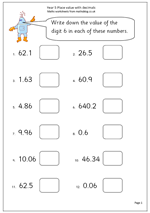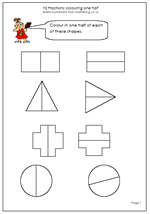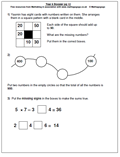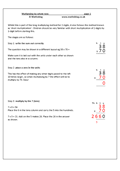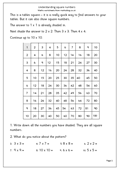 This worksheet has a 10×10 multiplication square which is a brilliant aid to helping with tables, but it is also excellent for showing the pattern of square numbers from 1 to 10.
This worksheet has a 10×10 multiplication square which is a brilliant aid to helping with tables, but it is also excellent for showing the pattern of square numbers from 1 to 10.
A square number is made by multiplying a whole number by itself. eg 4 x 4 = 16.
16 is a square number.
It is quite useful to learn the first 10 square numbers off by heart:
1, 4, 9, 16, 25, 36, 49, 64, 81, 100.
We will look more closely at square numbers later.
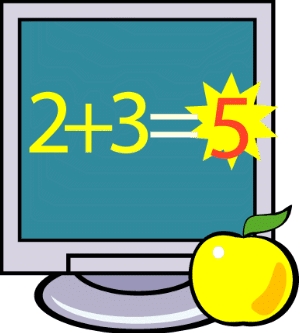
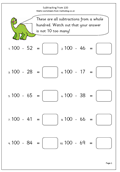
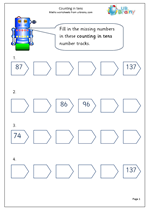
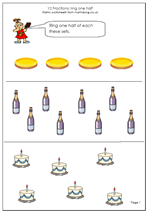
 Look out for some great free maths worksheets next week. We have a wide selection of pages coming, ranging from some early years fractions to square numbers and multiplying decimals. If that’s not enough why not try some mental arithmetic in the form of counting in tens or subtracting from 100? We have well over 500 free maths worksheets now, as well as some great maths games for the early years. make sure that you have us on your bookmarks and don’t forget to tell your friends!
Look out for some great free maths worksheets next week. We have a wide selection of pages coming, ranging from some early years fractions to square numbers and multiplying decimals. If that’s not enough why not try some mental arithmetic in the form of counting in tens or subtracting from 100? We have well over 500 free maths worksheets now, as well as some great maths games for the early years. make sure that you have us on your bookmarks and don’t forget to tell your friends!